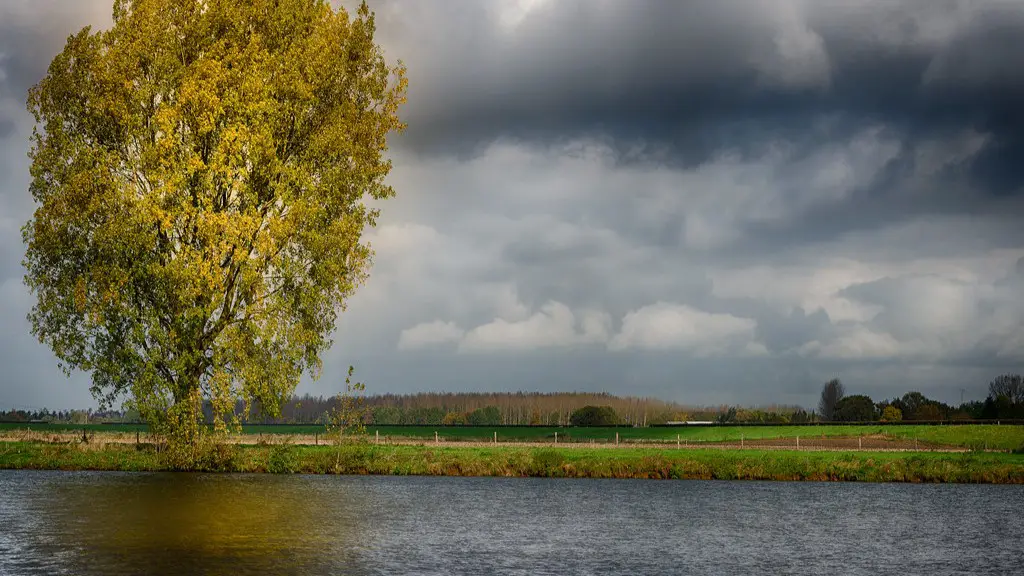Water Pollution
The Yangtze River, which is the longest river in Asia and the third-longest in the world, is facing a number of environmental challenges that affect water quality. Over the past few decades, water pollution has become one of the main problems, caused by extensive industry, agricultural and domestic waste discharge into the river. The pollution is having an increasingly severe impact on the wildlife, as well as a high risk to human health. According to research, the levels of various pollutants, such as heavy metals, nitrogen-containing compounds, and a large amount of microplastics, are continually rising in the river. Moreover, rapid urbanization is also among the reasons for the pollution, with cities increasingly relying on the Yangtze River for freshwater, to the point where it is struggling to support these efforts.
Restoring the River’s Ecosystem
The first step in improving the existing conditions would be to restore the Yangtze River’s ecological balance. A number of government policies and legal regulations have been formulated in recent years, to protect and restore the river’s ecosystem. For example, the General Yangtze River Conservation Law of 2018 stipulates that no one shall discharge pollutants which exceed national standards into the Yangtze River. It also seeks to reduce water pollution from manufacturing plants and agricultural activities. In addition, the protection and restoration of wetlands should be encouraged as a measure to improve the river’s water quality. It is believed that wetlands play an important role in filtering out pollutants and preserving the wildlife.
Effluents Treatment Facilities
In order to improve the quality of water, the Chinese government has constructed a number of wastewater treatment plants, which are designed to treat effluents before they are discharged into the river. These plants use sophisticated technologies to ensure that contaminants are eliminated or significantly reduced, reducing the amount of pollution entering the river. Furthermore, there are also efforts to increase public awareness on the importance of reducing water pollution, which would help in managing the situation more effectively.
The Role of Fisheries in Improving Water Quality
Apart from the above-mentioned measures, the restoration of fisheries in the Yangtze River may also help in improving the water quality. Increasing fish populations would mean more efficient biological wastewater treatment, as well as reduced algal blooms and other types of water contaminants. Moreover, it would also serve as a useful tool for environmental education and advocacy.
Instituting Financial Measures
In addition, setting up financial measures, such as pollution charges and green taxes, may be a viable way to encourage industry players to reduce water pollution. By making polluters accountable for their actions, the water quality of the river stands to improve. This would ensure that businesses and individuals are aware of their responsibilities and take the necessary steps to reduce their impact on the environment.
Alternative Sources of Energy
One of the most important steps that needs to be taken is to switch to alternate sources of energy, as these are less harmful to the environment. For example, there has been a growing trend towards using renewable sources such as solar and wind power. This would reduce the emissions associated with the production of electricity, and in turn, reduce the amount of pollutants entering the Yangtze River.
Stricter Regulations
In order to ensure that the measures taken to improve the water quality of the Yangtze River are effective, there needs to be stricter implementation of existing regulations. Many of the measures are only put in place in theory, and often get neglected due to the lack of enforcement. Therefore, the government needs to ensure that appropriate punishments are meted out to those who violate the regulations.
The Long-Term Outlook
The Chinese government has been making significant progress in protecting and restoring the Yangtze River’s ecosystem over the past few years. However, the long-term outlook is still uncertain, as the situation is a complex one, with various interconnected factors at play. While there are measures that have been taken to reduce water pollution, there is still a long way to go until the water quality of the Yangtze River is fully restored and sustainable.
Green Chemistry and Technology
The use of green chemistry and technology is an effective method to reduce water pollution in the Yangtze River. This involves the application of advanced technologies in industrial processes, to reduce the amount of waste generated and toxins emitted into the river. Additionally, the Chinese government should continue to invest in green technologies and research, to improve the situation.
Education and Awareness
Education and awareness are critical components in ensuring that the conservation efforts of the Yangtze River are effective. This means that there should be more efforts to educate people on the importance of protecting the river and how they can contribute to preserving its ecosystem. There should also be campaigns to encourage people to challenge corporations that are responsible for polluting the river, as well as to create a culture of environmentalism in society.
International Collaborations
Finally, international collaborations should be encouraged as a measure to improve water quality in the Yangtze River. This would involve strengthening existing agreements and forming new ones. Countries in the region can share their experiences and learn from one another, to best identify effective ways to reduce water pollution. This would be beneficial not only in restoring the Yangtze River’s ecological balance, but also to the wider region.


